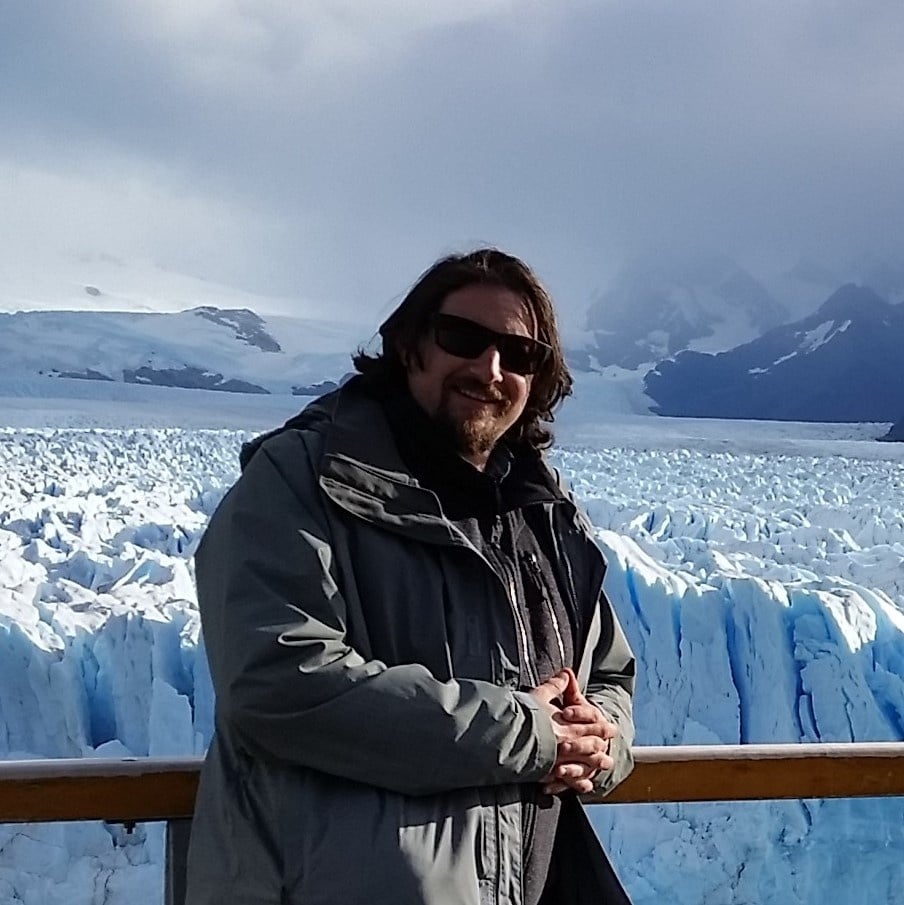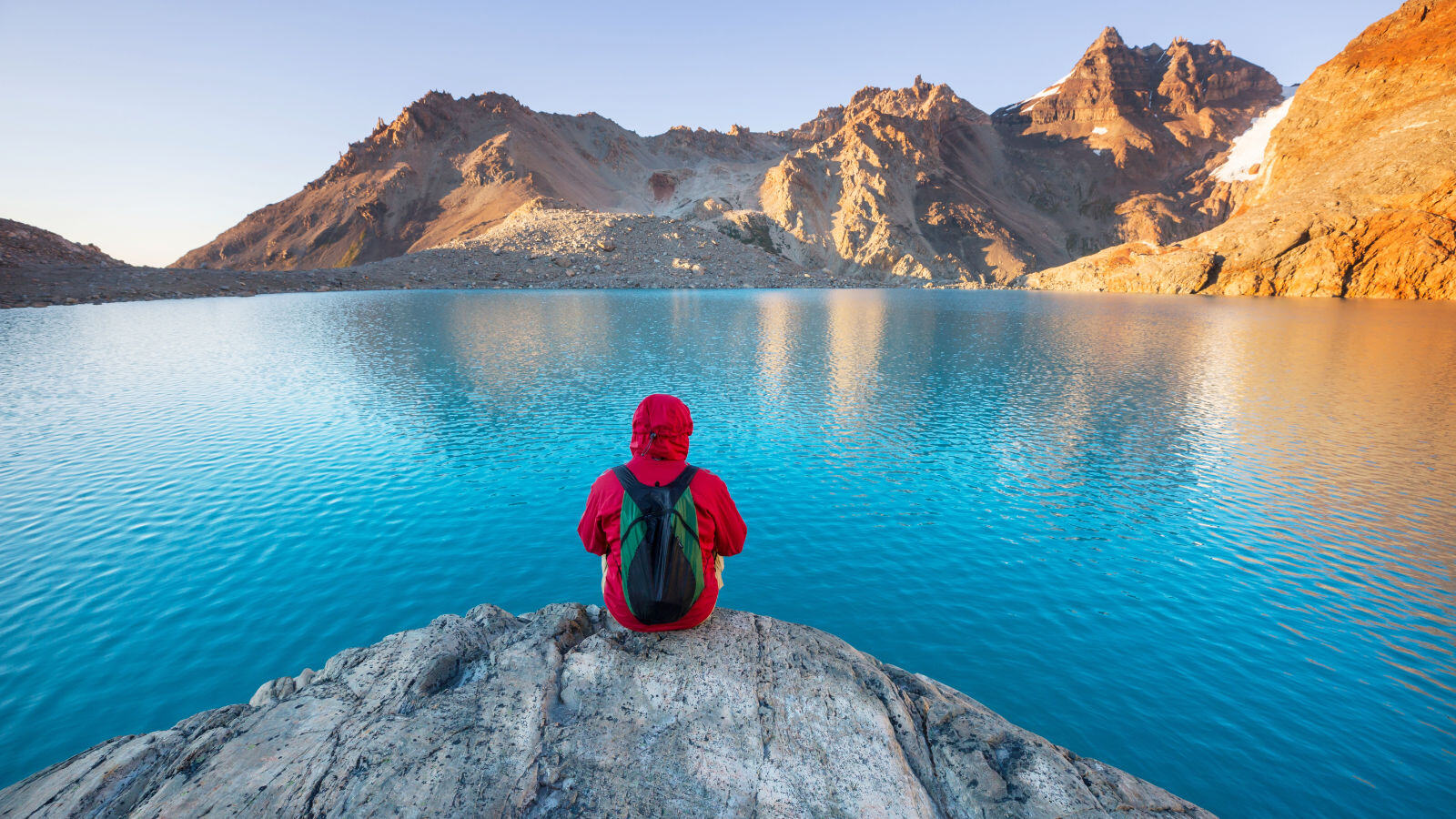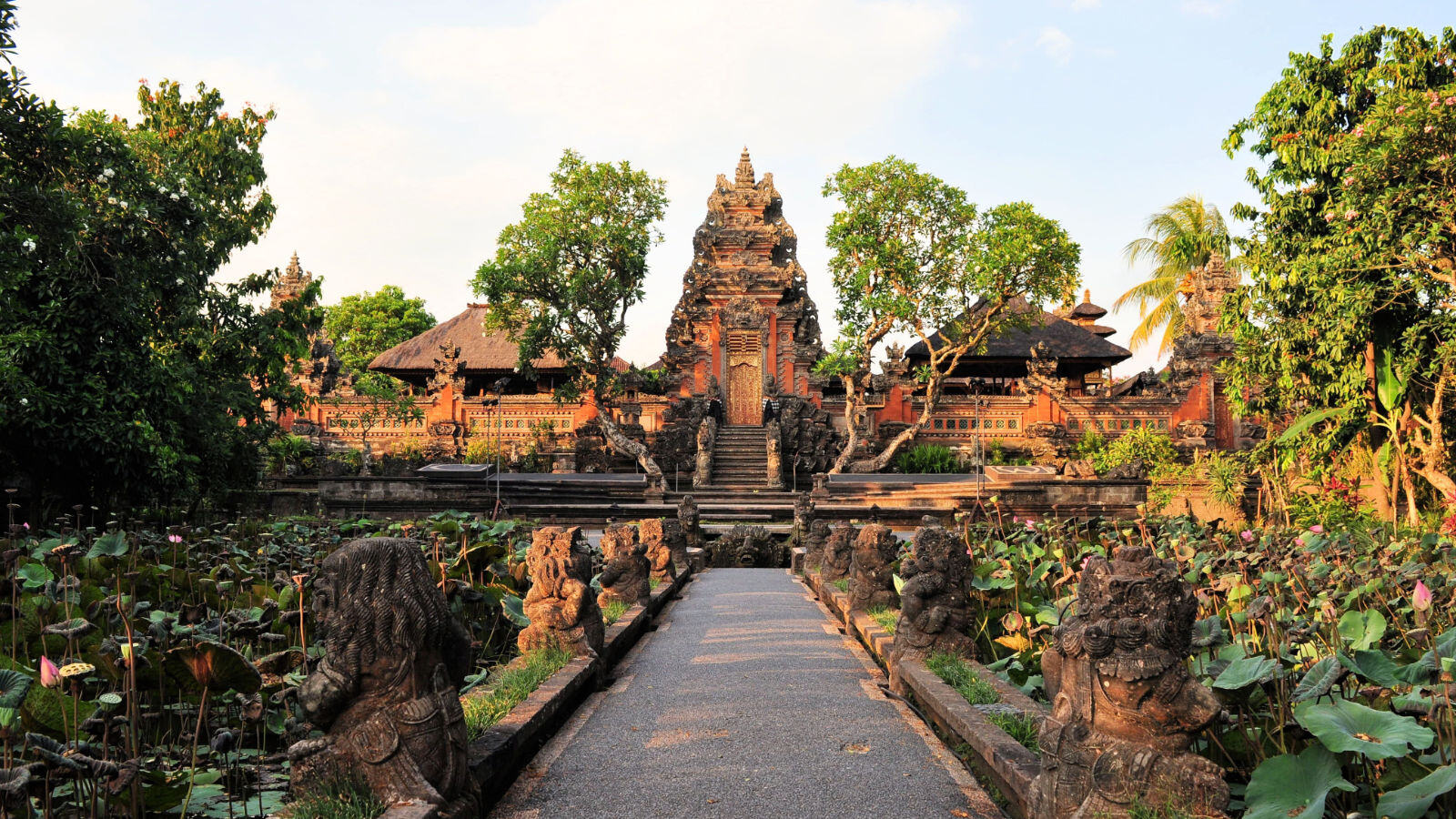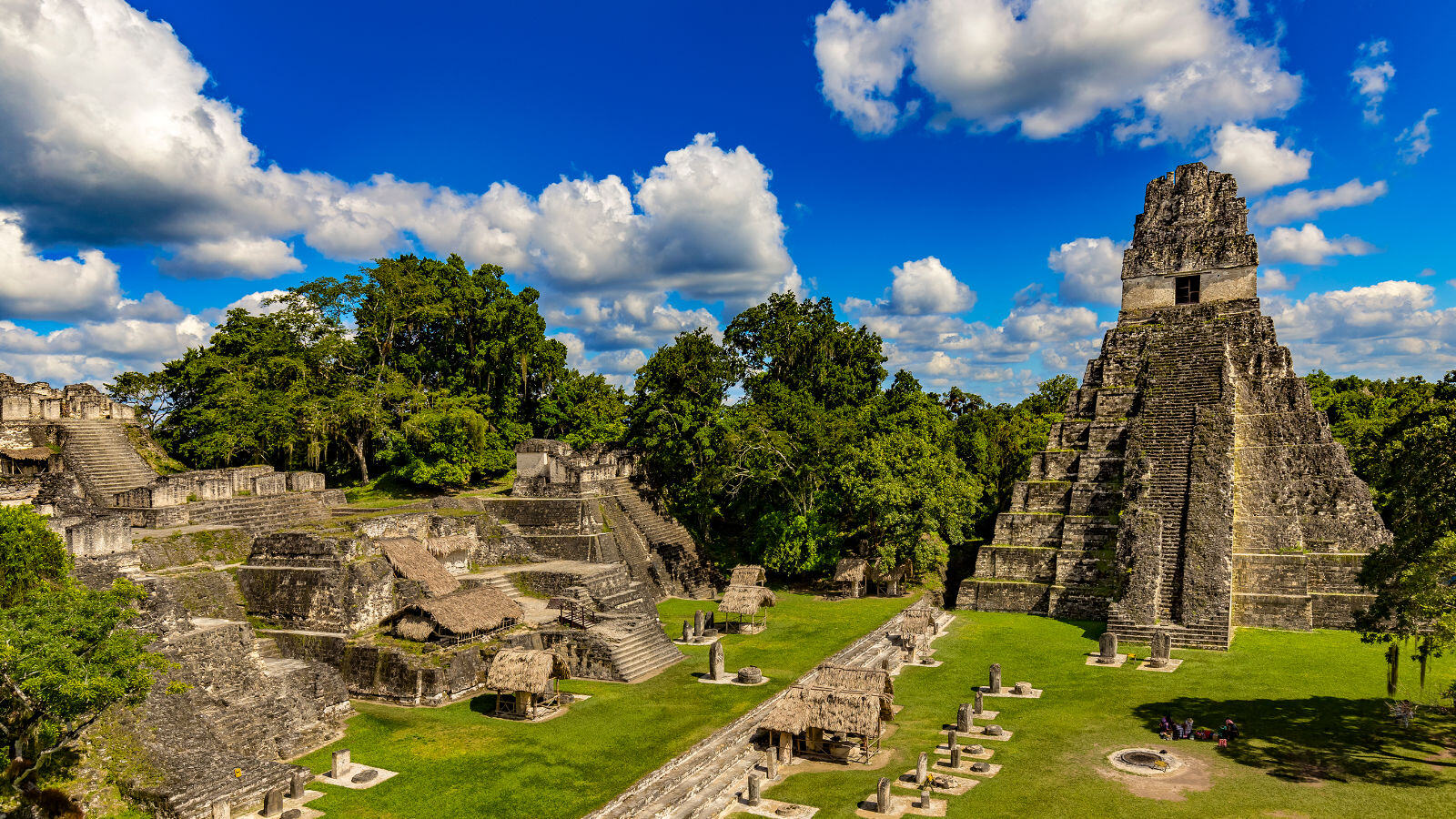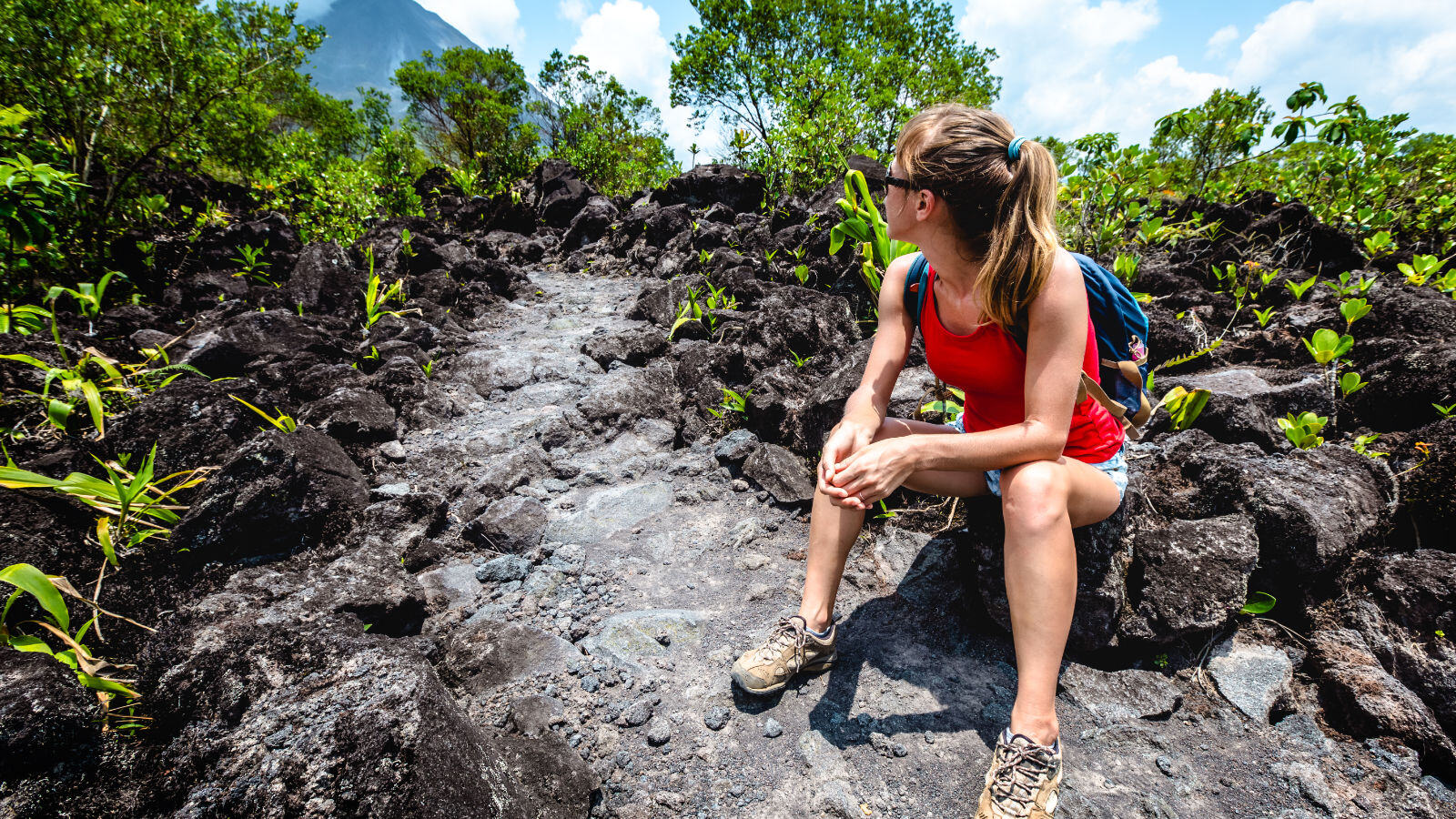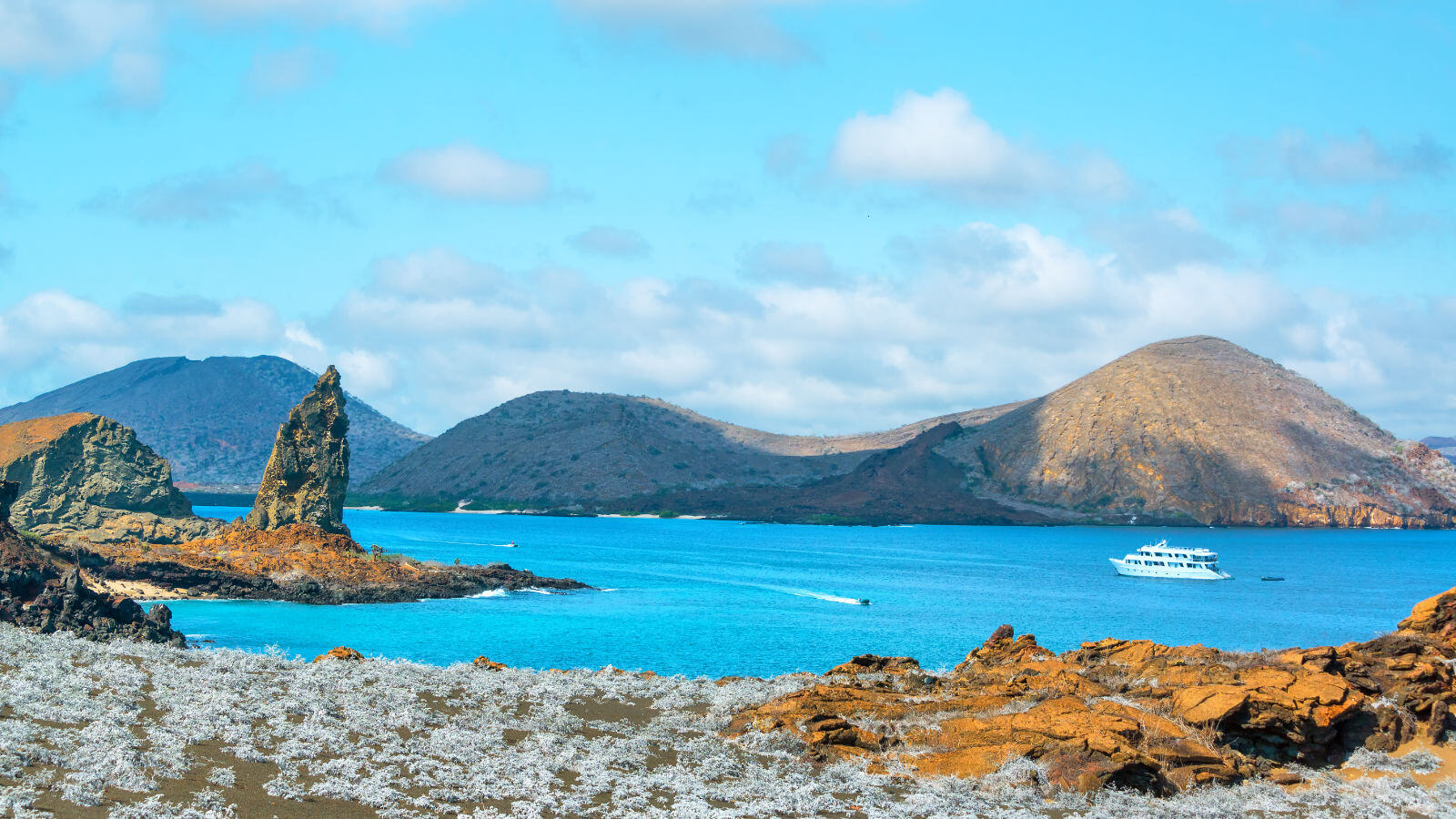Few experiences in my life have been so visually stunning as my trip to Patagonia. The massive region shared by Argentina and Chile is comprised of the Lake Districts in the North and continues South all the way to the edge of the world in Tierra del Fuego. In April of 2016, I explored the heart of Patagonia; El Calafate and El Chaltén in Argentina & Puerto Natales and Torres del Paine in Chile.
The journey to Patagonia must connect either through Buenos Aires or Santiago de Chile. For this trip, my adventure started in Buenos Aires. The city is fascinating, each neighborhood has it’s own vibrant culture, breathing with life. I went on a city tour and explored the heart of Buenos Aires. We saw the art exhibits in bohemian Palermo, the colorful architecture of La Boca, the Casa Rosada in Plaza de Mayo, the market in San Telmo and the iconic Recoleta cemetery. In the evening I had the pleasure of taking in a traditional tango show at Carlos Gardel and savored the best steak dinner of my life at El Mirasol del Puerto.
It takes about 3 hours to fly from Buenos Aires to El Calafate. It’s important to note that the flights depart from the domestic airport (AEP), located in the city rather than the international airport (EZE), which is about 1 hour away from the city center depending on traffic.
Upon arrival in El Calafate I was taken nearby to the Design Suites. The sun was setting when I arrived at the hotel and the view over Lake Argentina from the restaurant was breathtaking.
We were met by our guide the following morning for a visit to the impressive Perito Moreno Glacier. The natural beauty of the glacier is stunning but something else caught my attention. Every 10 to 20 minutes a staggering crackling sound reverberates from the glacier and large chunks of ice separate from the mass slowly until…crash! The ice falls to the water below. The experience is simply out of this world. El Calafate itself is an elegant resort town with lots of boutique shops and cuisine. I’m not much of a shopper but I’m certainly a foodie. That evening I enjoyed an exquisite Bife de Cordero (Lamb) with a pairing of Zuccardi Malbec.
El Calafate itself is an elegant resort town with lots of boutique shops and cuisine. I’m not much of a shopper but I’m certainly a foodie. That evening I enjoyed an exquisite Bife de Cordero (Lamb) with a pairing of Zuccardi Malbec.
About a 3 hours drive from El Calafate lies El Chaltén. The city is completely different from El Calafate. Founded in the 1980’s by the Argentine government to protect the border from Chilean expansion, the town is a funky outdoorsy hub. Hundreds of trailheads are within walking distance of the hotels and although simple, the culinary prowess if the El Chaltén is growing in stature. Standing tall above the city is the mesmerizing Mt. Fitz Roy.
One of the highlights of Patagonia was ice trekking on top of the Viedma glacier. Walking on top of the clear-bluish surface was surreal and vastness of the environment was strangely peaceful. As we trekked over crevices and peaked into ice caves, I found myself immensely grateful for the chance to explore something so unique and beautiful.
The best way to connect Argentina and Chile by ground in Patagonia is a bus or transfer between El Calafate and Puerto Natales. Another wonderful option is to explore the Patagonia waterways on the Ventus or Stella Australis, which connects Punta Arenas and Ushuaia. It took about 5 hours to get from the Design Suites in El Calafate to the luxurious Singular hotel in Puerto Natales.
Puerto Natales is the gateway to the Torres del Paine National Park. The city is a charming lakefront town with an interesting history meant as a hub for day trips to the park and the surrounding glaciers. I had a great meal at El Bote and enjoyed a succulent traditionally grilled Reineta fish.
On the Chilean side of Patagonia, the Torres del Paine National Park and especially the horns of the Cordillera Paine are the gems of the region. I highly recommend that anyone travelling to Chilean Patagonia stay in Torres del Paine. There are many beautiful all-inclusive properties that promote interaction with other travelers and offer an endless number of adventures including, hiking, horseback riding, photography classes and more. The guides speak with guests every evening to plan the following days activities based on the weather and preferences of the guests. I was fortunate enough to stay at both the Explora and Tierra eco-lodges located on opposite sides of the park. 
I’m no professional photographer but I was struck by how photogenic Torres del Paine is. The lighting is sensational. Contrasts between the big sky, lakes, and mountains make for stunning photos.
I fell in love with the National Park on our trek to Lake Nordenskjold. A herd of Alpaca seemed to be following us on the trail and I was astonished as we came over the hill to view the turquoise lake set in front of the horns. The park has an endless number of breathtaking views and treks for all levels of hikers.
After Torres del Paine, it’s best to fly directly to Santiago de Chile via Punta Arenas or from the new Puerto Natales airport, which offers direct flights 3 days a week from Dec. – Mar.
Santiago de Chile is a hip, cosmopolitan city with robust wines and rich history. It seems that each hotel has its own profound story with the city containing more boutique re-purposed properties than any other in South America.
My trip to Patagonia was unforgettable. If you love the outdoors, food, and a little pampering, it’s the place for you.
